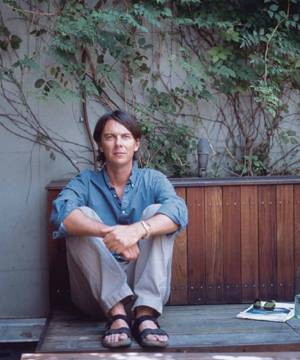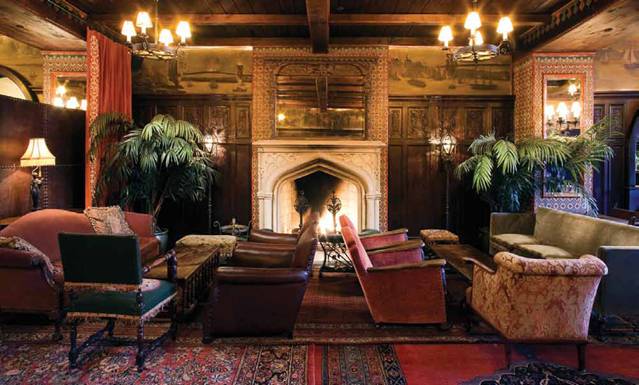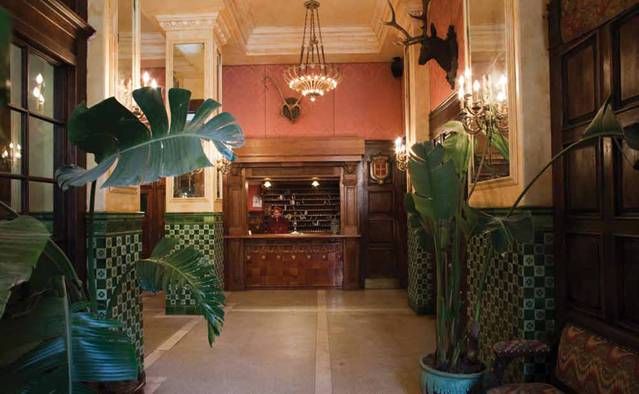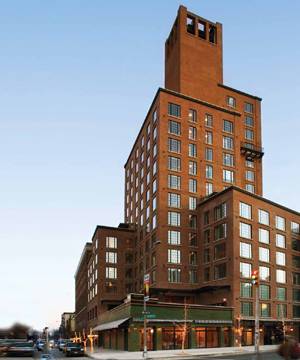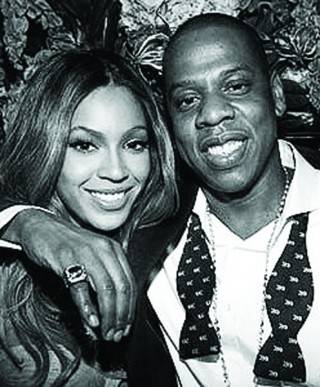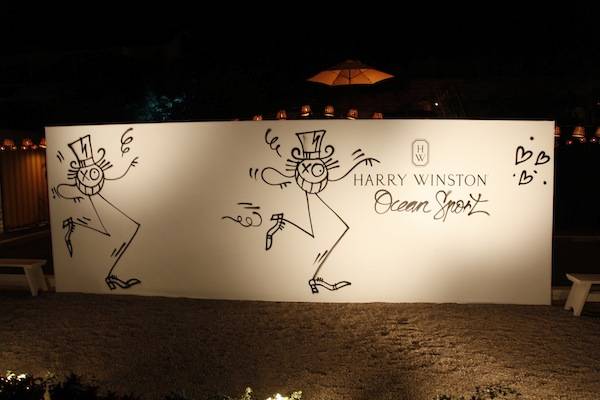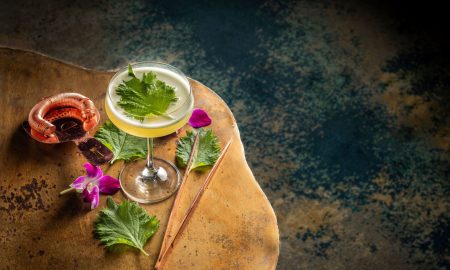Sean MacPherson does not relentlessly seek out the next big thing. But the properties he’s opened with partner Eric Goode in the last decade (the hotels Maritime, Bowery and Jane, and the restaurants, bars and ballrooms contained therein) haven’t followed the cool crowd’s breadcrumbs so much as provided its bread and butter.
“It’d be nice to open a hotel in an established neighborhood, whether it’s Soho or uptown, but the economics tend to force one out to the perimeters a bit,” MacPherson says during an interview at Cafe Gitane, just off the Jane’s lobby. “A second piece is instinctive; something either feels right or it doesn’t. All my projects have to be places I want to go, things I want to do, food I want to eat.”
If an edgy gallery or scrappy artists’ bar denote a slightly forlorn fringe neighborhood’s bohemian bona fides, the arrival of a hotel confirms its leap into mainstream respectability, for better and worse.
The Maritime Hotel opened in the Meatpacking District in 2003, before the High Line and the Standard ablated most remnants of the Gansevoort Market’s bloodstained function as an open-air butchery. The Bowery Hotel followed in 2007, on the cusp of the former skid row’s unlikely transformation into a sort of Meatpacking District East (the Standard, East Village recently arrived up the block). Then came The Jane, located like the Maritime in an erstwhile lodging place for seamen (Titanic survivors slept here), with economically priced rooms and a madly popular nightlife destination, Jane Ballroom, hulking over the West Side Highway on Jane Street. (During this time MacPherson and Goode also opened the understated, 15-room Lafayette House to quieter buzz but equal praise.)
MacPherson recognizes that his hotels have tapped into “a zeitgeisty collective consciousness,” even if economics play as big a role in their locations as their sensibilities, which tend to recall a slightly tattered country club; or rich, eccentric, seafaring uncle’s living room and well-stocked bar. Despite an affinity for retro decor, MacPherson lives in the present. “I don’t look back,” he says. “I think that’s what’s really exciting about New York: every 10 years, it’s a different city. I like that it’s so vital here.”
Nevertheless, the Edwardian Age-gone-to-seed trappings of his properties are catnip to the local boho-chic and steampunk sets, which happily eat, drink and shimmy with discerning and stylish out of town guests. As for the hotel-nightlife model MacPherson helped popularize, the stampede of such offerings supports MacPherson’s argument that when it comes to nocturnal offerings, Manhattan “is fundamentally dead.”
“Nightlife is like a museum here now,” he says. MacPherson obviously appreciates the profusion of boutique and niche venues that reestablished hotels as social hubs 40 years after “Hilton-ization” made them places New Yorkers resolutely avoided. Still, he thinks “it’s probably a better time than ever for nightlife to exist outside of hotels, because all of that stuff in the end is corporate and requires big dollars.” He points to Williamsburg and likeminded Brooklyn neighborhoods as “where it’s happening now, because none of that stuff is really attached to hotels. People who are passionate about nightlife are doing cool, passionate things.”
Farther afield from Manhattan, Montauk allows MacPherson to indulge one of his own lifelong passions: surfing. A son of Malibu, and child of surfing luminaries Janet MacPherson and Tim Murdoch, the sport is in his blood. Not surprisingly, the prolific hotelier and restaurateur didn’t limit his summer itinerary to catching waves, opening Crow’s Nest Inn, a solo project, in 2010.
MacPherson bypassed glitzier South Fork towns in favor of Montauk in 1999, back when “The End” proudly identified itself as the anti-Hamptons. “Curiously, [Montauk is] somewhat Proustian for me,” MacPherson says, noting its similarities to the 1970s Malibu of his youth. “It’s this really great mix of trash and cash. Basically, I grew up with movie stars and gardeners living next door to each other. And that’s interesting to me.”
Recently, though, Montauk has welcomed a raft of relatively upscale hotels, eateries and party spots that have upset old-timers intent on preserving the hamlet’s ramshackle charm. MacPherson wants to assuage their fears. “There are many more homes in Montauk than the other Hamptons,” he says. “There’s a lot more density—you just don’t have those huge estates like you do in East Hampton. So I think we’ll retain those funky little houses in this funky little place, even if it gets more popular and expensive.”
Montauk’s modest bones should still be flexible. And plenty residents appreciate recent additions like a decent health food store and bookshop. “Yes, something been lost,” MacPherson says. “But something’s also been gained.” Bottom line: there’s room for high (organic groceries) and low (“boiled lobsters smothered in mayonnaise”).
Be that as it may, upon opening Crow’s Nest MacPherson honored local tradition by flying a flag on the property, in this case “a giant white flag to literally say ‘we surrender.’ I don’t want to get caught up in that war,” MacPherson says. “We’re not trying to fire upon anyone; we’re asking not to be fired upon.”
Crow’s Nest has largely avoided the ire directed by locals at other highly trafficked newcomers. But anyone visiting Montauk should be respectful of a local subculture more fearsome than any community board or crusty lifer. MacPherson’s tip for making peace with the fiercely territorial Ditch Plains surfers? “Yeah, just don’t say a word. And surf well.”







